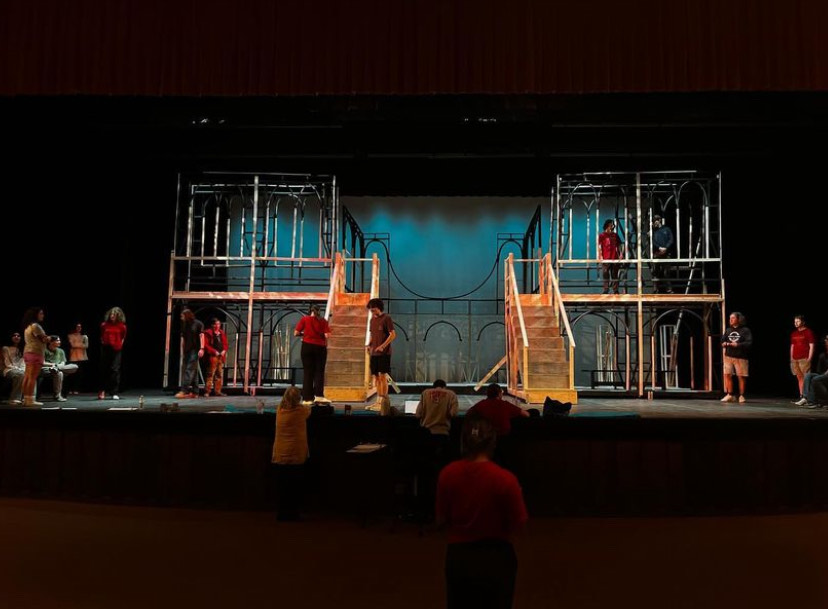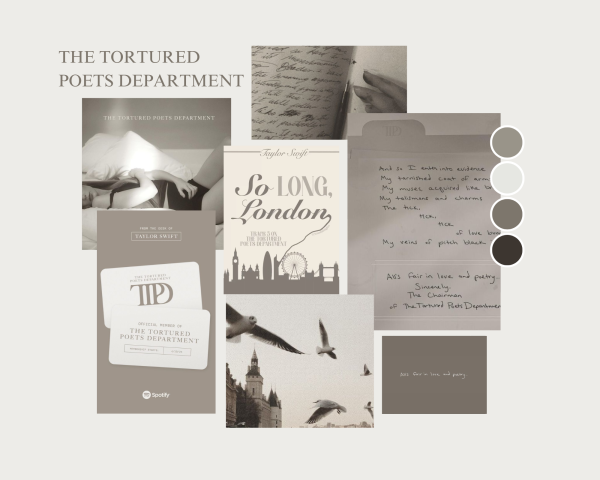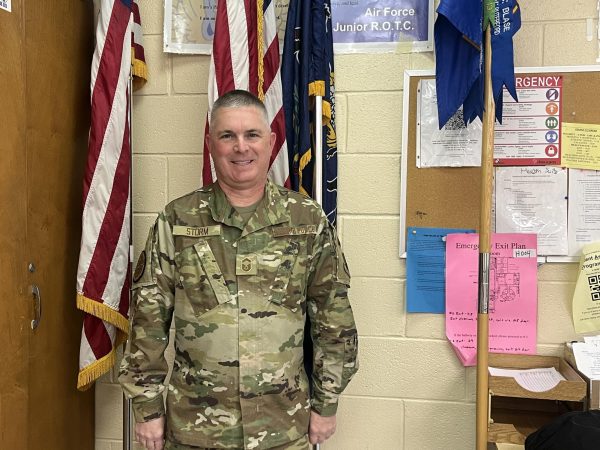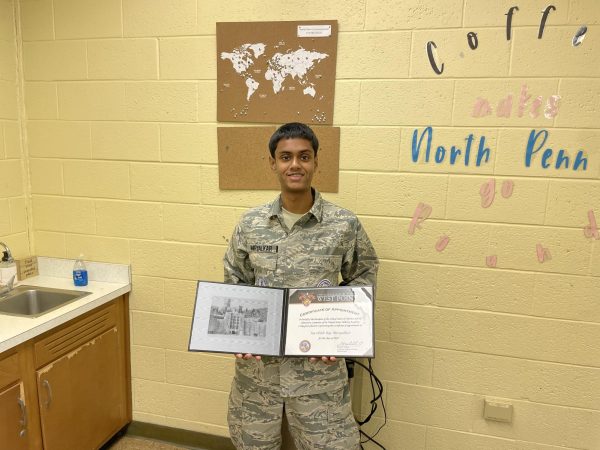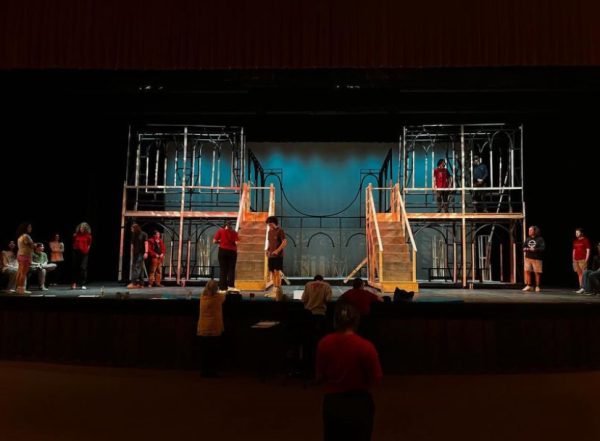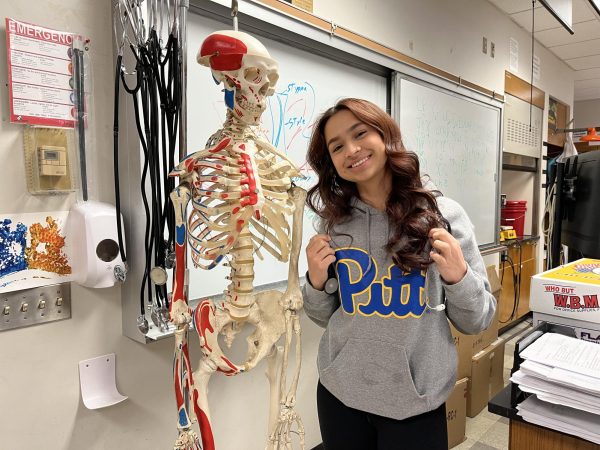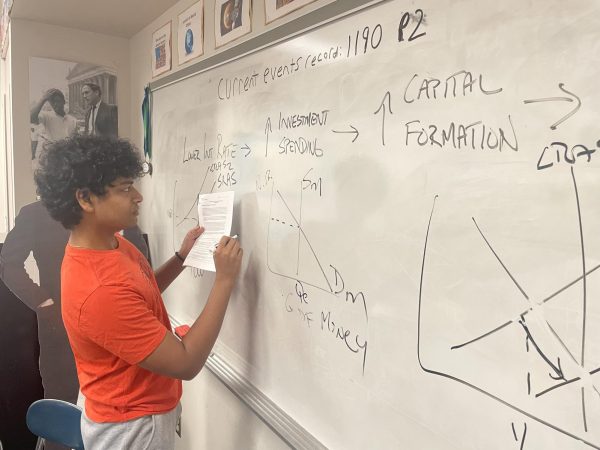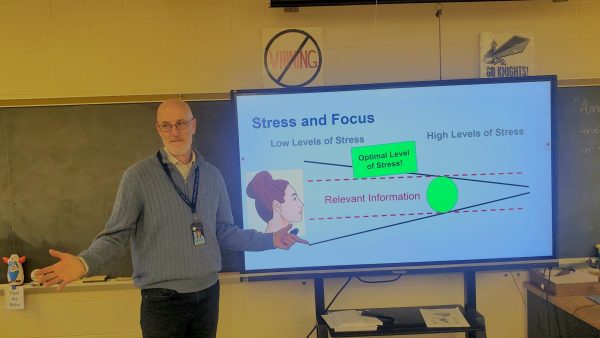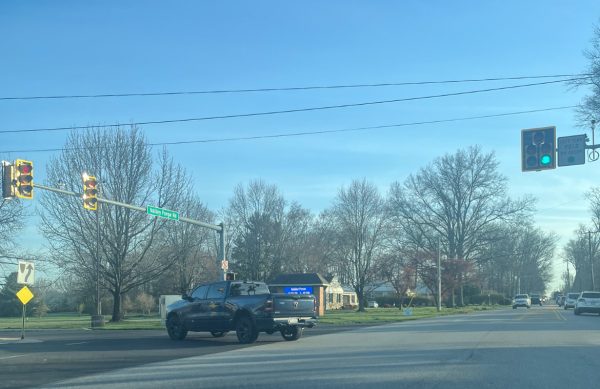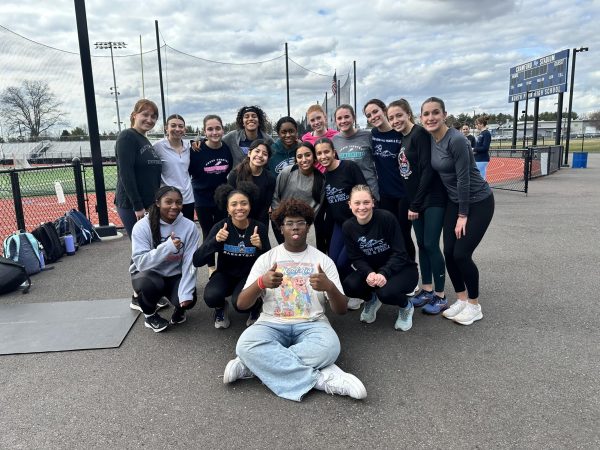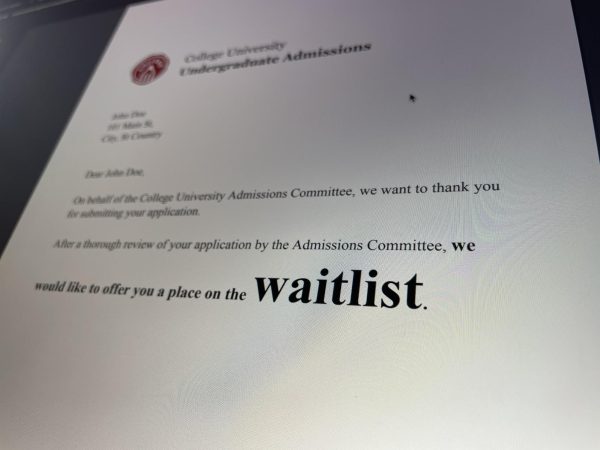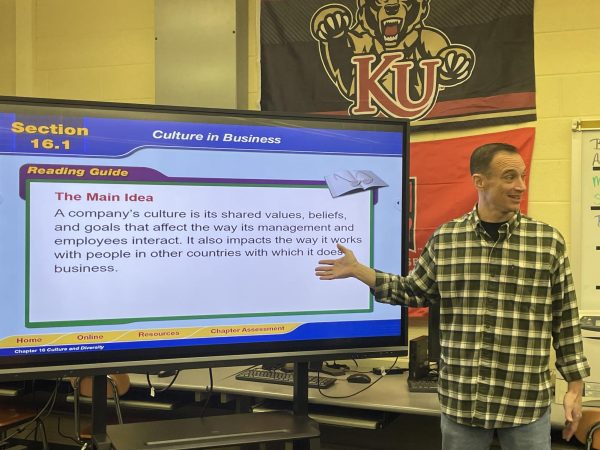Senior Tucker Burg tackles 21st century manufacturing project
The pointed router bit spins at 6000RPM to cut a 0.005” deep groove in the blank copper board. That’s the thickness of two sheets of paper.
April 15, 2015
TOWAMENCIN – Hunched over and scribbling feverishly, senior Tucker Burg puts the final step on a handwritten rough draft of a document. His final words say “Click Mirror Object, then celebrate”. The document outlines an important step for making printed circuit boards (PCBs) through a mechanical process—a process that has never been done before at North Penn. Under the guidance of Dr. Michael Voicheck during his gifted mentorship, Burg is creating a PCB that will eventually amplify an audio signal from a phone or MP3 player, and send it through the custom designed stereo speaker system. Although Burg is excited to finish his stereo circuit and pump his favorite Meghan Trainor album through it, the true benefit of this project is all about the process.
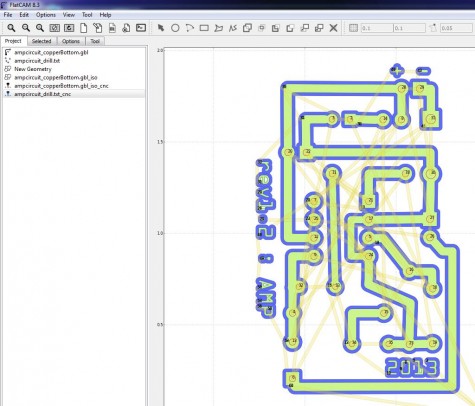
Traditionally at North Penn, the circuit boards in Electronics classes are manufactured using a caustic and harmful chemical called ferric chloride. Students learn to design and test circuits through software, and then progress toward creating a permanent versions of their circuits using a tedious and somewhat lengthy process. Designs are transferred through a laser printer to a special film, and then carefully transferred to a copper board through a hot iron. The boards are then given a ferric chloride bath for 30-45 minutes. The ferric chloride “eats” the copper by removing it from the fiberglass backing and putting it in suspension. The designs that were initially printed on the paper are now left behind on the board as copper. Over time, the solution becomes super saturated, and eventually useless, when it’s finally thrown out. The new process circumvents the chemical completely, keeping Burg and many future students safe from this chemical.
The new process uses a Computer Numerical Control (CNC) machine, known better as a CNC Router or CNC Mill. A cutting bit spins slowly to drill or quickly to cut, and ranges from a 0.5mm drill bit to a 1/2inch end mill. This powerful CNC machine spans six feet by six feet, and stands five feet tall. Despite its monstrous size, the device can accurately cut in 0.001 inch increments, and cut through wood, plastic, most soft metals, and composite materials too. All of this machining is completed through a series of easy to follow steps across an array of software pieces. This new computer controlled process will bring some interesting changes to circuit board manufacturing at North Penn. For now, Tucker’s amplifier will be the first functioning board to come out of this process, with many different circuits to follow in the near future.
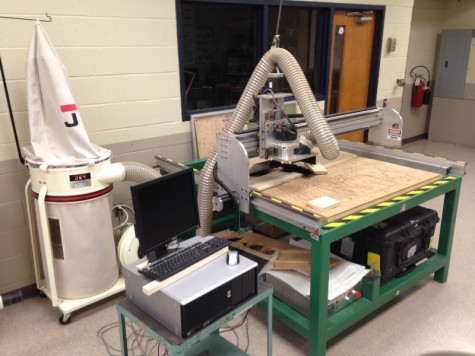
The excitement with CNC machinery in recent years is gaining momentum and popularity while decreasing in price, making these incredible toys more available to schools and the average home owner or basement tinkerer. There are many types of CNC tools, from 3D printers, Routers, Laser Cutters, and Mills, available today. All of these tools can be found here at NPHS and all are used throughout various Technology and Engineering courses, providing students with 21st century skills in problem solving, Science, Technology, Engineering, and Math (STEM) areas. If you want to learn more about it, come down to H-pod and find out what everyone’s been talking about.



